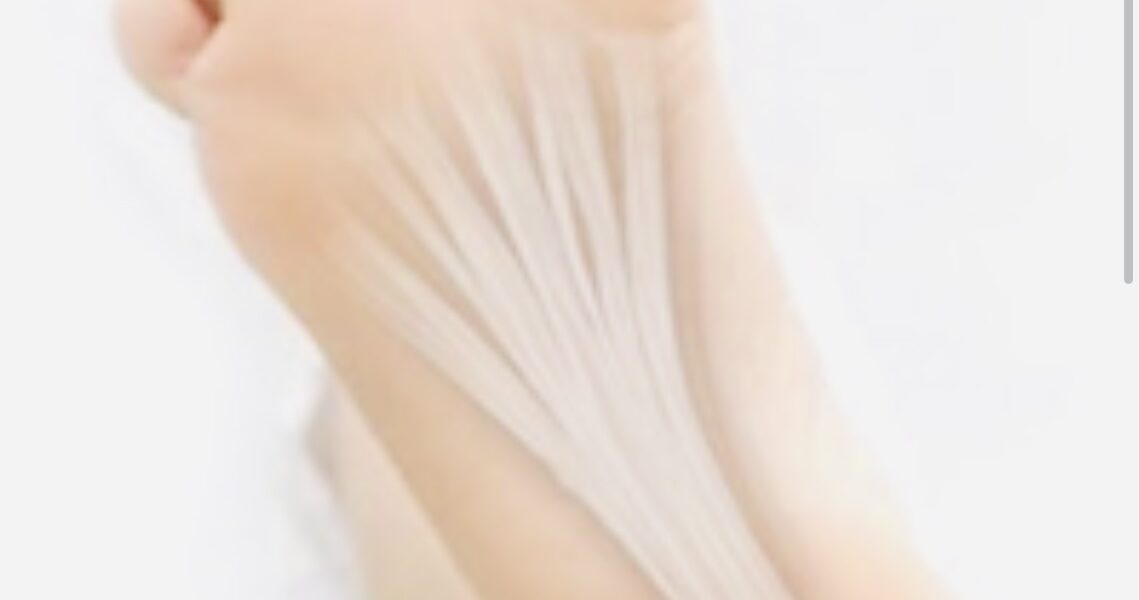By Sumaiya Farheen and Andrew Siyabalawatte, Oct 2023.
What is Plantar Fasciitis?
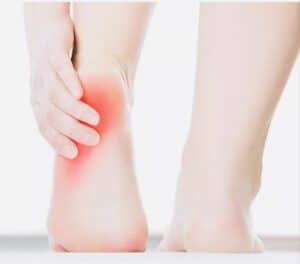
Plantar fasciitis is common, causing pain and inflammation in the thick tissue band along the foot’s underside. It mainly affects those who stand and walk for long periods and those who do high-impact activities.
When you’re unable to walk due to severe plantar fasciitis pain, it’s essential to seek medical help from a healthcare professional. Furthermore, we can accurately diagnose the condition and work with you to develop a treatment plan tailored to your specific situation.
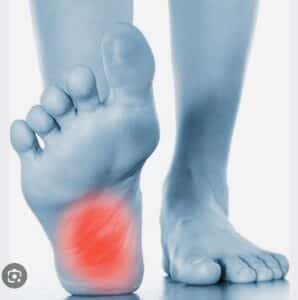
How To Cure Plantar Fasciitis in One Week

Rest – Avoid activities that aggravate the pain and prioritise rest.

Cold – Put an ice pack (or bag of frozen peas) in a towel on the painful area for up to 20 minutes every 2 to 3 hours

Compression – Utilize compression bandages or sleeves to reduce swelling and provide foot support.


Insoles – support the middle arch with insoles to reduce loading through plantar fascia.
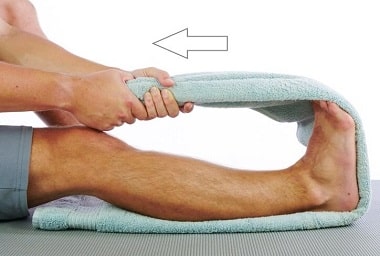

Avoid Changing Footwear – Refrain from changing different shoes/trainers regularly as this can stress the plantar fascia due to different demands, thus slowing down the recovery process.

Loose Footwear – Do not wear flip-flops or backless slippers, these lack support and can overly stress the plantar fascia with each step.

Overactivity – do not walk or stand for long periods, as the increased activity will increase inflammation and most likely cause more pain.
Insoles For Plantar Fasciitis
Arch support insoles can not only provide the support required to maintain a normal arch, but they may even prevent plantar fasciitis from occurring. A good Osteopath or Chiropractor, would consider a potential leg length discrepancy (shorter leg) as a possible cause of flat feet which, may even prompt the recommendation of a heel lift to add to the arch support on the affected side.
Our Personal Recommendation : ICB Insole With Arch Support
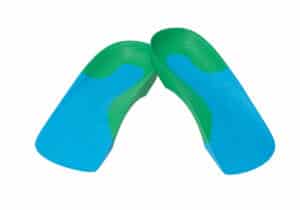
I have personally used and recommended these cost-effective insoles from ICB Medical to hundreds of my clients over the years. They are highly durable and provide good shock absorption and support in maintaining a good foot position, all while providing comfort when wearing them in most shoes. They do all this without breaking the bank.
3 Signs That Plantar Fasciitis Is Healing
- Less to no pain upon getting out of bed in the morning, or standing after sitting for some time.
- Less to no swelling around the foot and reduced tightness in the plantar fascia.
- Range of motion and flexibility in the foot and toes begins to return.
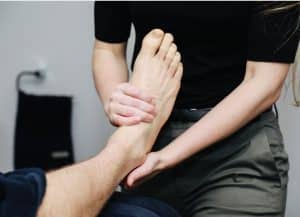
How Can We Help?
Joint Mobilisations – Our practitioners use gentle manipulation of foot joints to enhance range of motion and reduce stiffness, which can alleviate pressure off the plantar fascia.
Immediate Pain Relief – Our Massage Therapists can help to relieve pain and discomfort in the foot by reducing tension in the leg muscles and fascia with techniques such as trigger point therapy, and deep frictions to break down scar tissue which grows during the inflammatory stage.
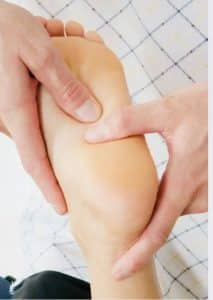
Shockwave Therapy – Non-invasive treatment to expedite healing, alleviate pain, and reduce inflammation in the affected area.
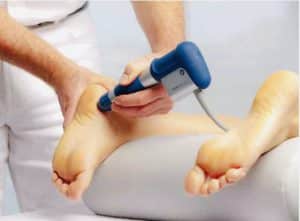
Laser Therapy – Laser therapy is able to provide early relief from plantar fasciitis pain, by reducing inflammation.
Policeman’s Heel
Police heel or policeman’s heel, is the same as plantar fasciitis. It is one of the most common causes of heel pain. It occurs when the thick band of tissue, known as fascia (connective tissue) that runs from the heel bone to the toes becomes inflamed.
The pain that is associated with this condition is felt in the heel, and can become unbearable while walking or standing. The pain may be most intense upon waking in the morning. This is because of poor blood supply to the heel and foot area when you’re at rest.
Those that stand all day or those that run, are more at risk of developing policeman’s heel as the fat pad (cushion for the heel bone) beneath the heel bone is subject to sustained pressure over time, causing it to flatten and thus increase the load through the heel bone. This extra weight can which can may increase in patients who are overweight, or in people who frequently run.

